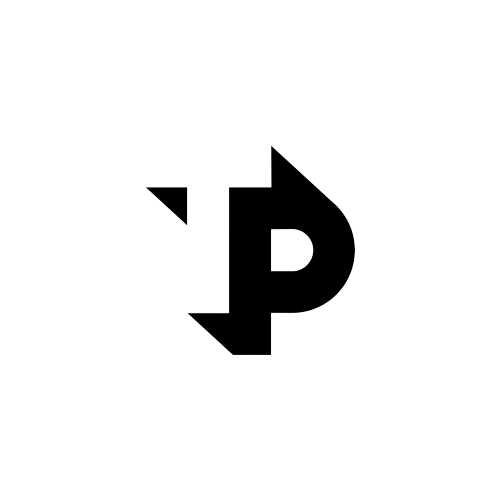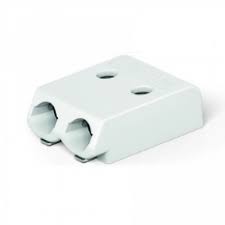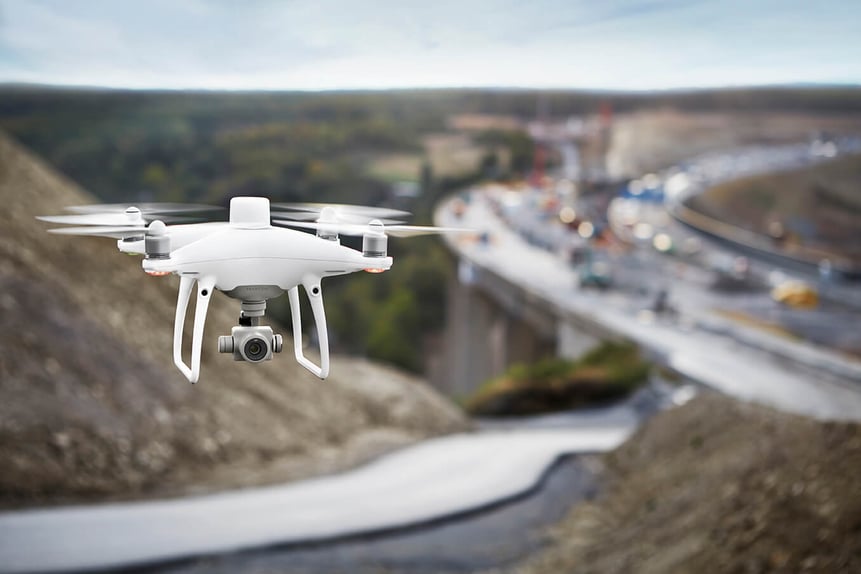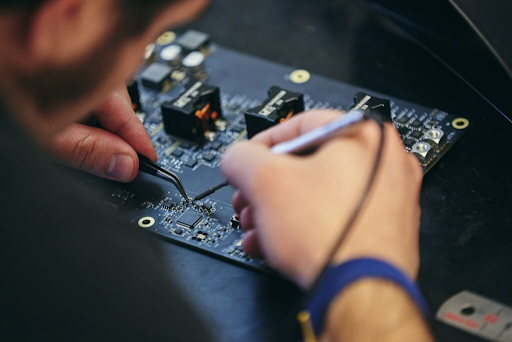If you’re in the electronics industry, you know that printed circuit boards (PCBs) are an essential piece of the puzzle. They are the support structure on which electronic components are mounted and must withstand a lot of heat, pressure, and other potential hazards. When it comes time to purchase PCB connectors for your business, you need to consider several factors to ensure you’re getting the best quality product possible. This blog post will discuss critical elements so you can make an informed decision when buying PCB connectors for your next project.
The Different Types of PCB Connectors
Three main types of PCBs are single-sided, double-sided, and multi-layer:
- Single-sided PCBs have components on one side of the board and conductive traces on the other.
- Double-sided PCBs have components on both sides of the board with conductive traces running between them.
- Multi-layer PCBs have multiple layers of conductive tracing separated by insulating material.
Material Selection
When it comes to choosing the suitable material for your PCB connector, there are a few factors you need to take into account. The first is the material’s dielectric constant, which measures how well it can insulate against electricity. The second factor is the material’s thermal conductivity, which is vital for heat dissipation. The third factor is the price of the material, which will vary depending on the quality and availability.
Once you’ve considered these factors, you can narrow your choices and select the best material.
Board Thickness
It would help if you considered a few things regarding board thickness in your PCB. The first is the size of the components you’re using. More significant components will require a thicker board to prevent them from breaking through the solder. Extreme temperatures may need a wider board to avoid thermally induced stresses from cracking the circuitry. The next thing to consider is how many layers you want in your PCB. More layers mean a thicker board, but it also allows for more routing options and can improve signal integrity. Lastly, consider the environment your PCB will be operating.
Copper Thickness
There are many factors to consider when specifying the thickness of a copper-clad layer for a printed circuit board (PCB). The most important factor is the amount of current flowing through the trace. Other important factors include:
- The length and width of the trace.
- The thermal conductivity of the copper.
- The frequency of the signal.
The thickness of the copper-clad layer is typically specified in ounces per square foot (oz/ft2). One ounce equals 1/1000th of an inch. For example, a PCB with a 2 oz/ft2 copper-clad layer would have a nominal thickness of 0.0007 inches (0.018 mm).
Trace Width and Spacing
As the name suggests, trace width and spacing are the width and space between electrical conductors on a PCB. Trace width is typically measured in millimeters (mm), and spacing is typically measured in micrometers (μm).
There are a few factors to consider when choosing the trace width and spacing for your PCB. The first factor is the current that will be flowing through the traces. The wider the trace, the more current it can carry. The second factor is the impedance of the traces. The narrower the trace, the lower the impedance.
The third factor to consider is crosstalk. Crosstalk is when electrical signals from one trace interfere with another trace. It can happen when traces are placed too close or have different impedances. To minimize crosstalk, you should use wider spacing and matched impedances for adjacent traces.
The fourth factor to consider is thermal resistance. When electrical current flows through a conductor, it generates heat. The thicker the conductor, the more heat it can dissipate. In general, you want to use wider traces for high-current paths and thinner traces for low-current paths.
Finally, you need to consider manufacturability. Some trace widths and spacings cannot be manufactured using standard processes. If you need to use non-standard dimensions, you will need to find a manufacturer specializing in custom PCBs.
Also Read – Practical Tips for WAGO Rail-Mount Terminal Block Systems
Dielectric Constant
When looking for the perfect PCB, one of the factors you’ll need to consider is the dielectric constant, also known as the k-value or permittivity. This measures how well a material can store an electrical charge. The dielectric constant is important because it affects how much impedance a PCB has. If you’re looking for a low-impedance PCB, you’ll want to find one with a low dielectric constant.
Solder Mask
There are a few things you need to take into account when it comes to solder masks. The first is the thickness of the solder mask. This is important because it will determine how well the solder mask protects the copper traces on your PCB. The thicker the solder mask, the better the protection. However, thicker solder masks can also be more challenging to work with.
Another factor to consider is the color of the solder mask. Most PCBs have green solder masks, but other colors are also available. The color of the solder mask doesn’t affect its performance, but it can be a factor in your decision-making process.
Finally, you need to decide whether you want a solder mask applied before or after the PCB fabrication. Using the solder mask after fabrication can be more complex and time-consuming, but it does provide some advantages. For example, it can protect your PCB from oxidation and allow for a more consistent finish.
Surface Finish
When it comes to the surface finish of your PCB, there are a few things you need to take into consideration. The most crucial factor is the type of environment in which the PCB will be used. If the board is exposed to harsh chemicals or high temperatures, you’ll need to choose a surface finish that can withstand these conditions.
Another thing to consider is the amount of soldering that will be required. If you anticipate a lot of soldering, you’ll want to choose a finish that the heat won’t easily damage. Finally, you’ll need to decide whether you want a glossy or matte finish. This is purely a matter of preference, but keep in mind that a glossy finish can make it difficult to see the solder joints.
Special Considerations
When selecting a Printed Circuit Board (PCB) for your application, there are a few important factors to consider to ensure that you purchase the best possible board for your needs. This includes the material used, the size and shape of the board, and the number of layers.
The type of material used in constructing the PCB is critical to consider. The most common materials used are FR-4, CEM-1, and CEM-3. FR-4 is a fire retardant material that is typically used in applications where safety is a concern. CEM-1 is a lower-cost alternative to FR-4 that is typically used in less critical applications. CEM-3 is an even lower-cost alternative that is generally only used in basic applications.
The size and shape of the board are also important considerations. The board must be able to fit inside the enclosure in which it will be installed. It must also have enough space for all of the components that will be installed on it. In addition, the board’s shape may need to be considered if it will be mounted in a particular way or if special connectors need to be used.
The number of layers on the PCB can also be an important consideration. The more layers present, the more complex the circuit can be. However, more layers also mean that the PCB will be more expensive. For most applications, four or six-layer boards should suffice.










Leave a Reply